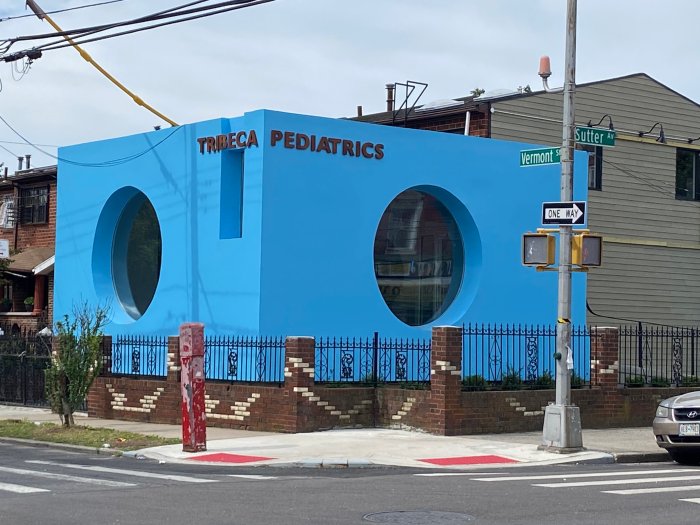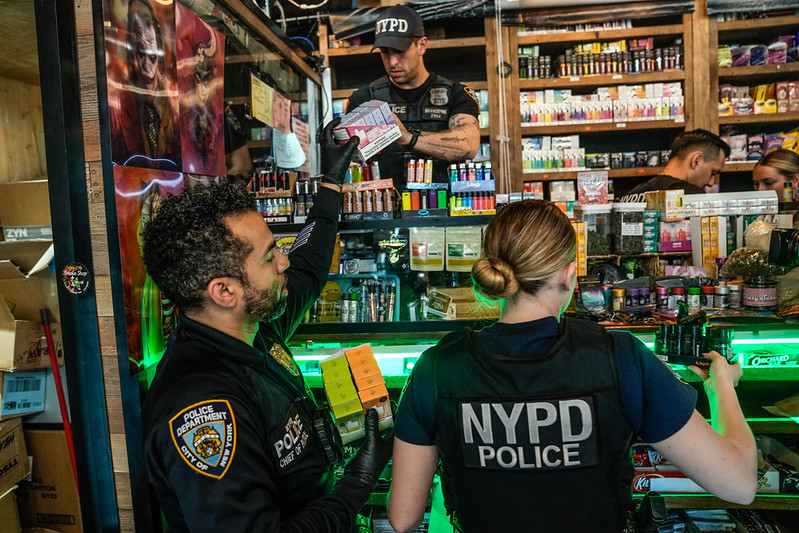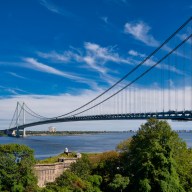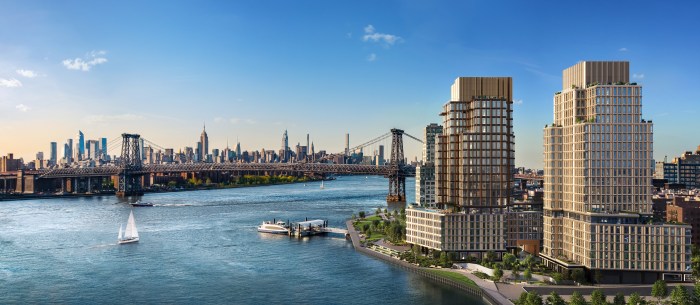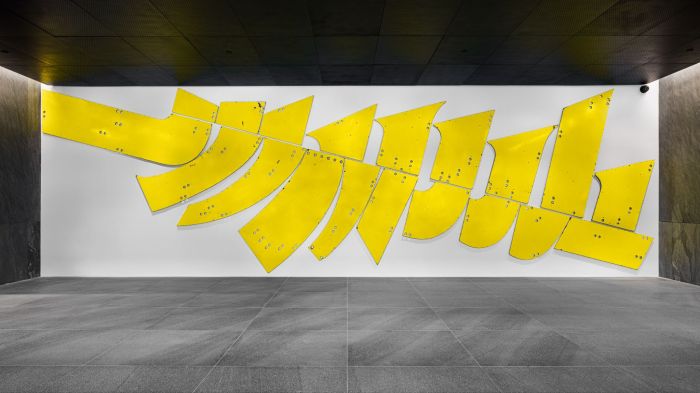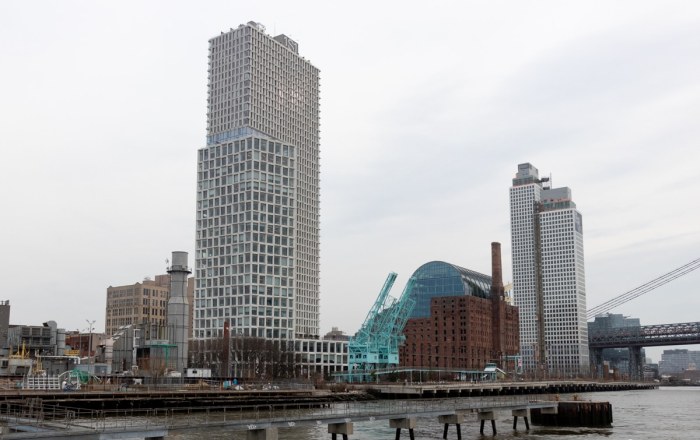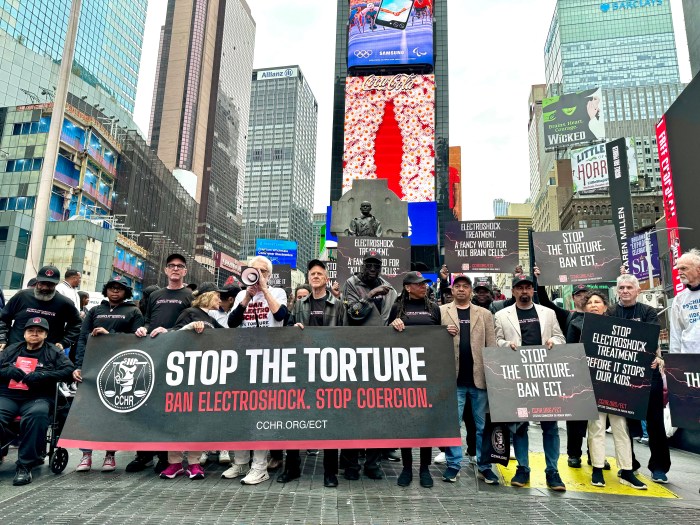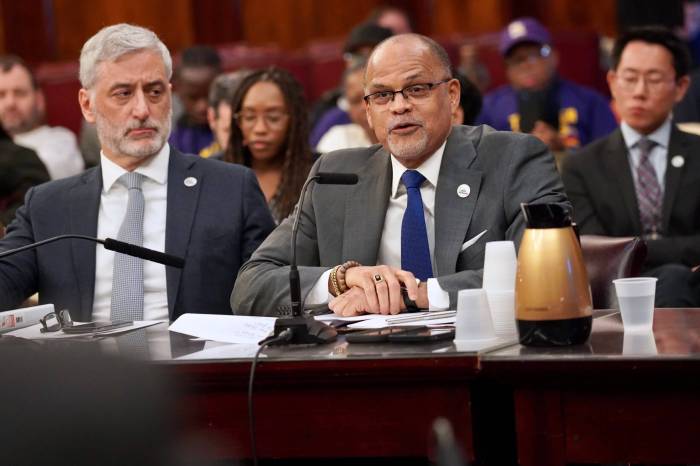As the controversy heats up over the construction of a Frank Gehry-designed
village and professional basketball arena in Prospect Heights, there is
one group that apparently stands to benefit — property owners.
“The long-term impact will be positive for market values,” said
Christopher Thomas, president of William B. May Brooklyn, a large real
estate firm with offices on Montague Street and Seventh Avenue.
Developer Bruce Ratner, who recently purchased the New Jersey Nets for
$300 million, wants to build 17 residential and commercial buildings centered
around a professional basketball arena at the intersection of Atlantic
and Flatbush avenues and extending into Prospect Heights.
While it is not a done deal — Ratner still needs a litany of approvals
and faces a potential hurdle of lawsuits — property owners are busy
speculating on how the 22-acre project with office towers reaching almost
60 stories tall might affect the selling prices of their homes.
Real estate agents say that at least in this respect, the forecast is
bright.
In the already booming surrounding brownstone neighborhoods of Boerum
Hill, Park Slope, Clinton Hill and Fort Greene, where three-story houses
already sell for upwards of $1.5 million, the new project could jack up
prices even higher.
In Park Slope, the colossal project will likely drive prices up, said
John Rutter, managing director for the Corcoran Group Park Slope —
just as the development on, and up-zoning of, Fourth Avenue has driven
up prices of apartments on the side streets between Fourth and Fifth avenues,
where a two-bedroom luxury apartment on Sackett Street is now selling
for $955,000.
“This will increase values in Park Slope,” said Rutter, “as
long as the infrastructure improves in relation to what happens there.”
As part of the plan, Ratner intends to construct 4,500 units of housing,
mostly near Vanderbilt Avenue. So far there has not been any talk about
the addition of schools or traffic mitigation to handle the tens of thousands
of new residents and commuters who would be brought to the area.
Eva Daniels has been selling real estate in Fort Greene for more than
20 years and says she doubts the project will have an adverse effect on
property values, which started rising in the late 1990s when Manhattanites
“discovered” the area.
Many residents are attracted to Fort Greene by its relatively quiet, tree-lined
streets, diversity and sense of community, Daniels said, all things she
would not change if the project goes ahead.
When Ratner constructed both the Atlantic Center mall and nearby Metrotech
office campus in Downtown Brooklyn, agents predicted they would drive
up property values.
But Daniels said they ultimately had almost no effect.
“It’s like crystal ball gazing,” said Nancy McKieren, who
runs her own real estate office in Boerum Hill. “It all depends how
the city plans it — if the traffic is worked out, the subway station
planned out.”
While most agents agreed the project — especially with Gehry’s
name attached to it — could only send prices up, they also worried
about the increased traffic.
“Traffic is already horrendous,” said McKieren.
Asked if the project could adversely affect quality of life and thus drive
prices down, Thomas pointed to the Manhattan neighborhoods of Greenwich
Village and Chelsea.
“Those are 19th-century period neighborhoods that coexist in the
largest city in the country with high-rise, non-contextual developments,”
said Thomas.
“Yet neighborhoods maintain a character and I think that will continue
to be true with Fort Greene, Clinton Hill and Prospect Heights.”


